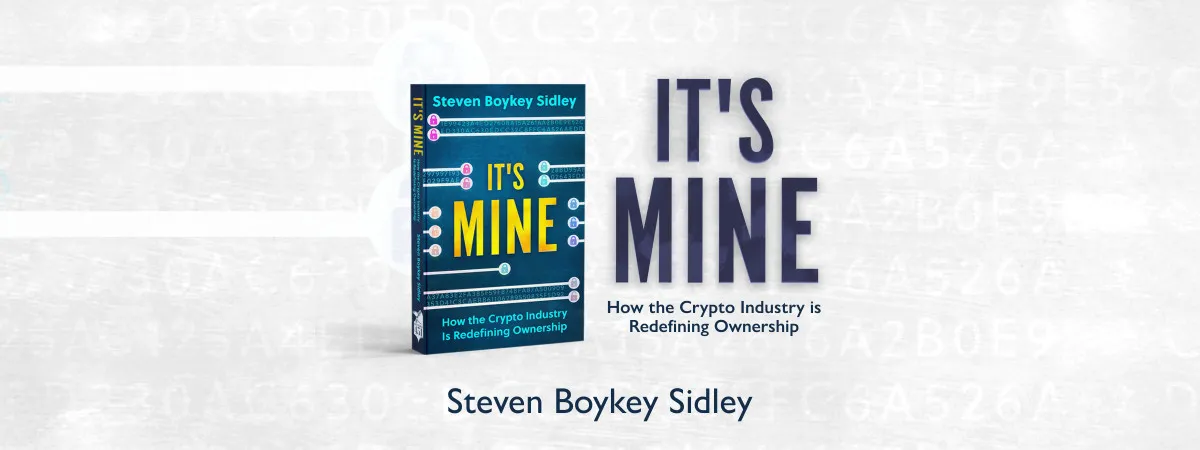GUEST ESSAY
The promises and acute problems of BRICS+

Most of the countries in BRICS have much more important things to think about than BRICS, a problem made even more acute now with the slew of new partners beset by their own pressing concerns.
Feeling somewhat swept away by the torrents of opinion that have flooded social media and the news during the past week’s BRICS Summit in South Africa, I wanted to try to understand what the original vision of BRICS was, and how much of it has been realised.
Not a whole lot, it turns out. It is all a little dispiriting, but perhaps not surprising, as we shall see.
The term was coined by Goldman Sachs economist Jim O’Neill in 2001 in a paper titled “Building Better Global Economic BRICs”. The actual BRIC (Brazil, Russia, India and China) started in 2009 and later became BRICS when South Africa, which was arguably economically irrelevant but politically and geographically important, was bolted on in 2010.
O’Neill was bullish on the prospect of a counterweight to the dominance of the US and EU in global economic (and other) affairs. Unchecked power never leads to happy endings and so it was posited that the balancing of scales would keep everybody well incentivised and well behaved.
O’Neill argued in that paper that the BRIC nations had four big things going for them, at least in 2001: political stability, fast economic growth, a large population (and so a large pool of potential consumers) and diverse natural resources.
The goals of BRICS closely tracked what O’Neill had proposed — it wanted to create a cooperative counterpoint to what was a unipolar world — a landscape that would host a more level global playing field. Many grand proclamations and poetic mission statements were tabled and signed — earnest aspirations and pledges to promote trade and investment, to cooperate on finance, economic growth and development, to mitigate climate change and to reform global governance.
Committees, summits, agreements, etc
So, how is it going 13 years after South Africa became the fifth wheel on the wagon? (Message to Editor: Sorry, I had to say it.)
To be fair, it’s not as though nothing has been done. Committees have been formed, summits have been held, agreements have been signed, institutions have been formalised and councils have sat. All high-minded and good. But, when it comes to what has actually filtered down to projects with real outcomes for the citizenry of the BRICS group, the light dims a tad.
It does have a bank called the New Development Bank, HQ’d in China, which has a $100-billion fund and is providing finance to build a high-speed railway in India, a project to develop renewable energy in Brazil, and a scheme to improve water management in South Africa. So, tick that box.
It has a Space Cooperation Agreement which will result in the launch of a Remote Sensing Satellite Constellation at the end of 2023. To the best of my understanding, this has been built by China and there is a “data sharing” agreement with the other partners (India’s recent moon shot was not a BRICS project). This sort of ticks a box, although it looks like it is primarily a Chinese construction project with the rest paying for services.
It has the Contingent Reserve Arrangement — a short-term loan facility for partners who get into trouble with their balance of payments, as Russia did in 2014. Hmm, okay. Like a mini IMF then.
It has the BRICS Youth Summit, which has held “getting-to-know-you” cultural exchanges and some entrepreneurship training. And the BRICS Trade Mission, which has organised, um, trade missions. And the BRICS Think Tank, which does research and writes reports on things like climate change and economic development. And the BRICS University League. And the BRICS Cultural Exchange. And, as of this week, something clumsily called the Artificial Intelligence Study Group of the BRICS Institute of Future Networks. Oh, and there is also an agreement with China to pull South Africa out of its self-inflicted energy mess, outside of BRICS, I suspect, on which I will stay mute.
It’s all somewhat underwhelming
It is fair to say that after 13 years this is all a little underwhelming or, at best, gratification delayed.
So, what happened?
First, the state of the world changed. The two primary criteria for membership in the original 2001 paper — fast economic growth and political stability — are no longer met by all the members. Russia, SA and China are battered with problems they did not have back then, in either or both the economic and political dimensions.
And then the BRICS nations have different agendas. A democracy like Brazil is likely to see the world very differently to Russia and China. And now, with the addition of a theocracy like Saudi Arabia and a stern autocracy like Egypt, common goals recede even further. Most of the countries in BRICS have much more important things to think about than BRICS, a problem made even more acute now with the slew of new partners beset by their own pressing concerns.
There is also no chance of a central bank for BRICS+ — the parties are simply miles apart in terms of how money is created, spent, allocated, loaned, controlled, taxed and surveilled. As pointed out in a recent article by Business Maverick editor Tim Cohen, the original BRIC promoter, O’Neill, said recently that plans to introduce a common currency are “ridiculous” and “embarrassing”; there is no way to do it. And the plan to introduce a gold-backed cryptocurrency falls into the same pot.
Should BRICS trade in brics? The pros and cons of a common currency
As Lyn Alden, probably the most respected crypto macroeconomist, points out, “Backing a fractional-reserve banking system with gold only works temporarily, because the currency units multiply more quickly than the gold does.” Which is exactly why the US left the gold-backed currency system in 1971.
Shackled by unfreedom
And then there’s this, also shown by Cohen in a neat graphic — unfree countries (autocracies and the like) generally do not compete well with open societies and constitutional democracies like those in the West. The capacity of BRICS+ to really compete with the large Western democracies can only be aspirational as long as the citizens are shackled by unfreedom, and that is unlikely to happen now, with only four (sort of) stable constitutional democracies (India, Brazil, South Africa and Argentina) in the entire expanded group of 11.
Of course, things may change. The US is busy tearing itself apart politically and culturally. England is adrift and the once-mighty Germany is now being called “the poor man of Europe”. And, if the members of BRICS+ manage to put their individual houses in order over the next decade or so, perhaps they could actually launch a challenge to the current hegemony.
One of the big items on the BRICS+ agenda is de-dollarisation. But I ask you to consider this: if you are the CEO of a global multinational looking to spend many tens of billions on a business project, who are you going to trust to settle your transactions? BRICS+ or the US? Who is going to trust Russia to keep its word on anything? Who is more likely to steal and copy your IP — China or France?
Yeah, there may well be some internal trade amongst the BRICS+ members in local currencies but, in a global world, the dollar is pretty much unshakeable. One figure I have read estimates that 6% of global trade will be de-dollared. Not nothing, but not that big a deal.
I hope BRICS+ succeeds. It sounds like a healthy idea for global competition. But it won’t do so under current conditions. It will remain merely a gleaming hope and a whole lot more summits and study groups. DM
Steven Boykey Sidley is a professor of practice at JBS, University of Johannesburg. His new book, It’s Mine: How the Crypto Industry is Redefining Ownership, is available at the Daily Maverick shop.
















We seem to be putting politics above morals!!